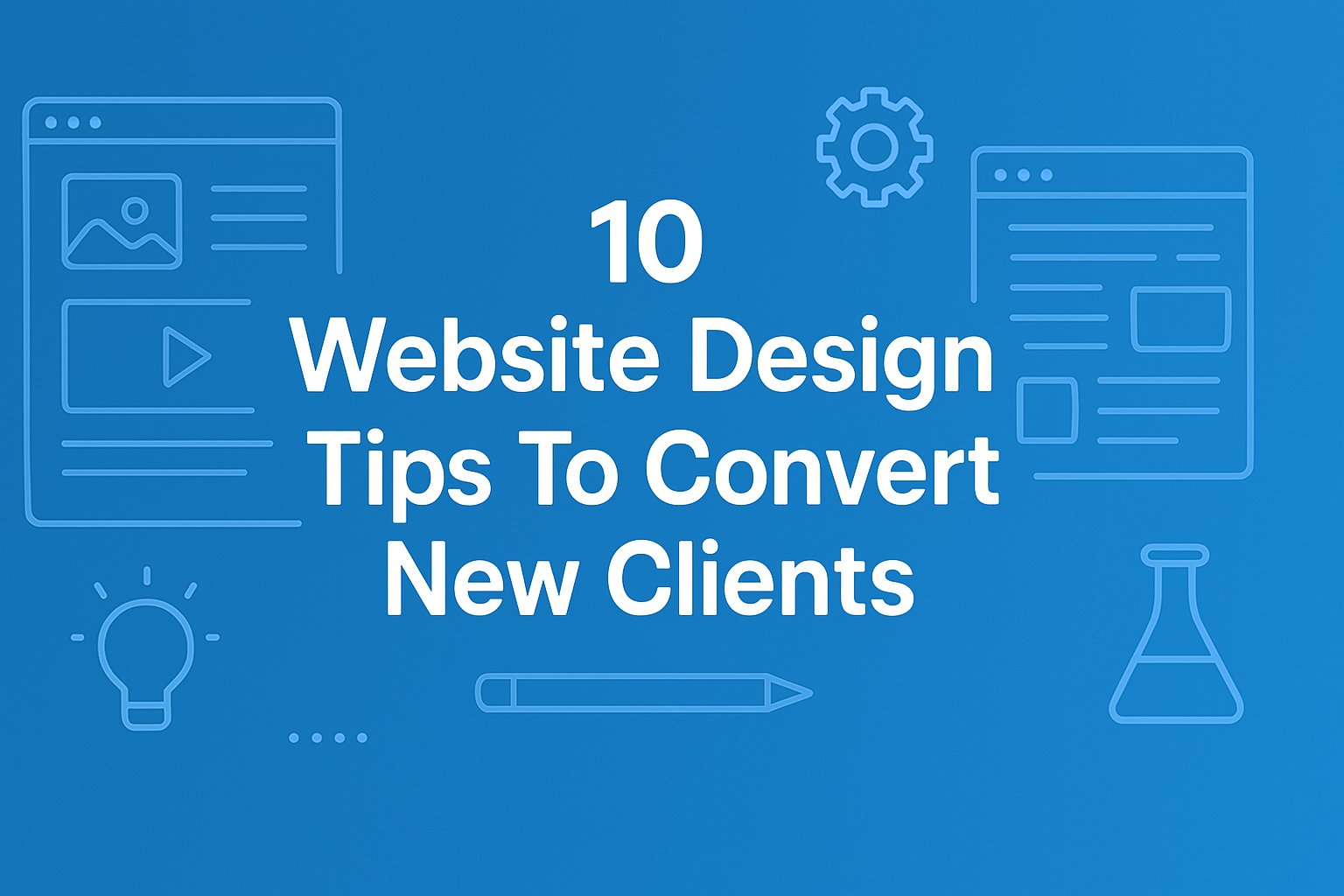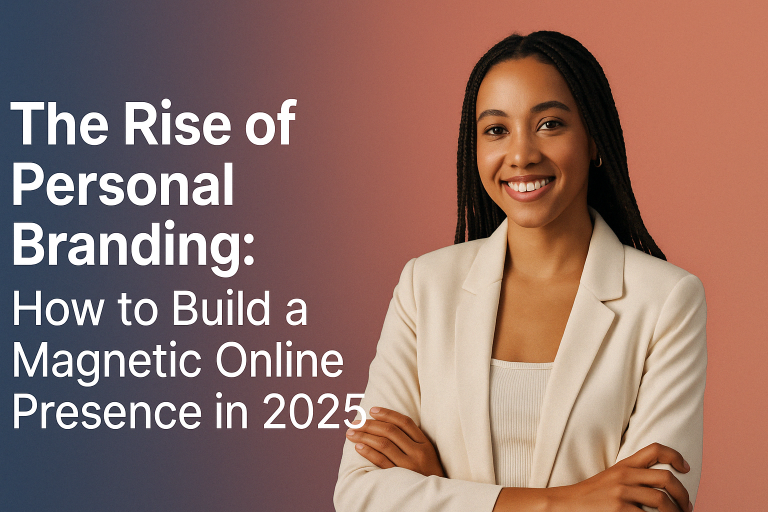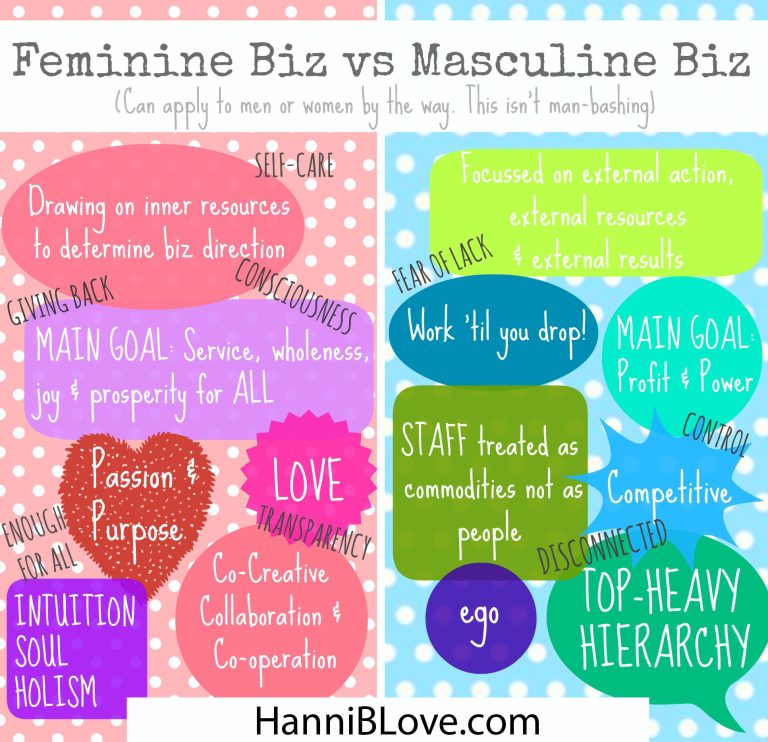A beautiful website is great—but a converting website is better.
Your website is often your first—and sometimes only—opportunity to impress a potential client. The way your website looks, feels, and functions directly impacts your bottom line. At Sublime 360 Media, we know that great design isn’t just about colors and fonts—it’s about strategy, psychology, and guiding users toward a goal.
In this article, we’ll explore 10 essential website design tips to convert clients, backed by both user behavior research and industry experience.
1. Simplify Navigation for Clarity and Ease
Think of your navigation as the GPS of your website. If users can’t find what they’re looking for quickly, they’ll leave.
Why it matters:
-
Visitors should be able to find information in 3 clicks or less.
-
Confusing or crowded navigation increases bounce rates.
-
Simplified menus guide users toward your primary goals (like booking, buying, or subscribing).
How to apply it:
-
Use clear, concise labels like “Services,” “About,” “Contact.”
-
Group similar content under dropdowns.
-
Keep top-level navigation between 5–7 items max.
-
Add a sticky or fixed header so the menu follows users as they scroll.
💡 Pro Tip: Use a visual hierarchy with font weights and colors to distinguish primary from secondary menu items.
2. Use a Clean, Professional Layout
Your site design should reflect the quality and credibility of your brand. A cluttered, outdated layout can make your business appear untrustworthy.
Why it matters:
-
First impressions are formed in less than 0.05 seconds.
-
A clean layout improves scannability and focus.
-
Professionalism builds trust and authority in your field.
How to apply it:
-
Embrace white space to separate elements and reduce overwhelm.
-
Stick to 1–2 fonts for a clean look and consistent branding.
-
Use a grid-based layout to align images, text, and sections.
-
Avoid flashy animations or unnecessary effects that distract.
💡 Design Tip: Look at top-performing websites in your niche and note the design patterns they use.
3. Prioritize Mobile-First Design
Mobile-first isn’t optional anymore—it’s essential. A responsive website adapts to any screen size and ensures that no user is left behind.
Why it matters:
-
Over 60% of web traffic is mobile.
-
Google ranks mobile-friendly sites higher in search results.
-
Poor mobile design equals poor user experience, which impacts conversion.
How to apply it:
-
Use responsive design frameworks (like Flexbox or CSS Grid).
-
Test across multiple devices using browser tools and platforms like BrowserStack.
-
Optimize buttons and CTAs for thumb-friendly tapping.
-
Reduce load times by compressing images and using modern file formats.
💡 Speed Tip: Implement lazy loading for images and use content delivery networks (CDNs) to improve performance.
4. Use Strategic, Clear Calls to Action (CTAs)
Your CTA is your digital handshake. Without it, visitors won’t know what action to take next.
Why it matters:
-
Clear CTAs increase conversion rates dramatically.
-
Vague or missing CTAs lead to lost opportunities.
-
CTAs guide users down the path to purchase, subscribe, or book.
How to apply it:
-
Use action-oriented language like “Start Your Free Trial,” “Schedule a Call,” or “Claim Your Offer.”
-
Place CTAs above the fold and repeat them throughout key sections.
-
Use contrasting colors to make CTAs stand out from the background.
-
Keep forms short and simple—don’t overwhelm the user with too many fields.
💡 A/B Testing Tip: Try testing different button text and placement to see what resonates best with your audience.
5. Use High-Quality Visuals and Media
Visual content isn’t just decoration—it tells a story, evokes emotion, and builds connection with your brand.
Why it matters:
-
Users retain 80% of visual information, compared to just 20% of written content.
-
High-quality images increase perceived value.
-
Poor visuals make your brand seem unprofessional or untrustworthy.
How to apply it:
-
Invest in professional photography or custom graphics tailored to your brand.
-
Use short videos to explain services, showcase products, or offer testimonials.
-
Optimize all media for fast loading (WebP format, compressed sizes).
-
Ensure all visuals support your brand identity—color scheme, style, and tone.
💡 Bonus Tip: Include alternative text (alt tags) on all images to boost SEO and accessibility.
6. Leverage Testimonials and Social Proof
When a new visitor sees that others have had a great experience, they’re more likely to trust you.
Why it matters:
-
92% of people trust recommendations over branded content.
-
Testimonials reduce buyer hesitation and increase conversion.
-
Case studies offer proof of performance and results.
How to apply it:
-
Showcase written testimonials with names and photos (if possible).
-
Create short video testimonials for powerful impact.
-
Highlight client logos, awards, certifications, or media features.
-
Add reviews directly on product or service pages to reinforce value at the point of decision.
💡 Pro Tip: Tools like Trustpilot, Yelp, or Google Reviews widgets can embed real-time reviews on your site.
7. Optimize Page Speed for Better Performance
Fast websites win in every way—from SEO to user satisfaction. In today’s world, every second counts.
Why it matters:
-
A delay of just 1 second can reduce conversions by 7%.
-
Page speed is a Google ranking factor.
-
Slow load times frustrate users and increase bounce rates.
How to apply it:
-
Compress images without compromising quality using tools like TinyPNG.
-
Use caching plugins (like WP Rocket for WordPress).
-
Minimize and combine scripts and stylesheets.
-
Choose reliable, fast web hosting tailored to your platform.
💡 Tech Tip: Run your website through GTMetrix or Google PageSpeed Insights for a detailed performance audit.
8. Implement Strong On-Page SEO Practices
Design and SEO go hand-in-hand. A beautiful site that can’t be found on Google won’t bring in traffic—or clients.
Why it matters:
-
SEO improves visibility on search engines.
-
On-page elements like titles, meta descriptions, and headings affect rankings.
-
SEO-optimized content brings targeted traffic—people actively searching for your service.
How to apply it:
-
Use a single focus keyword per page and include it in the title, H1, and body text.
-
Write unique meta titles and descriptions for each page.
-
Structure your content using proper H1–H4 headings.
-
Add internal links to related pages and blog posts to keep users engaged.
💡 Content Tip: Create long-form blog posts (like this one) to establish authority and rank for multiple keywords.
9. Use Lead Capture Forms with Value Offers
Even if a visitor isn’t ready to buy, capturing their email lets you nurture the relationship.
Why it matters:
-
Email marketing has an ROI of $36 for every $1 spent.
-
Lead capture helps you stay in touch with potential clients over time.
-
Offering value builds trust before the sale.
How to apply it:
-
Create lead magnets like free guides, checklists, or consultations.
-
Keep forms short—only ask for essential info (name + email to start).
-
Use pop-ups, slide-ins, or embedded forms with clear CTAs.
-
Integrate with email tools like Mailchimp, ConvertKit, or Klaviyo.
💡 Bonus Tip: Segment your leads by interest to send personalized follow-up emails.
10. Reflect Your Unique Brand Story
A cookie-cutter website won’t make you memorable. Your website should communicate who you are, what you do, and why it matters.
Why it matters:
-
People buy from brands they connect with emotionally.
-
Storytelling helps you stand out in a crowded market.
-
Your voice builds connection and trust.
How to apply it:
-
Write a compelling About page that shares your mission, vision, and values.
-
Use consistent tone and language across all pages (fun, professional, quirky, etc.).
-
Let your visual identity—colors, fonts, images—reflect your personality.
-
Use storytelling in your blog, service descriptions, and testimonials.
💡 Pro Tip: Show your face! Adding team bios or a personal photo makes your brand more relatable.
Conclusion: Your Website is Your Digital Storefront
Every visitor is a potential client—and you have just seconds to show them why they should choose you. These 10 website design tips to convert clients aren’t just theory; they’re backed by years of experience helping businesses build websites that work.
At Sublime 360 Media, we specialize in creating custom, high-converting websites that reflect your brand, engage your audience, and drive results.
📞 Ready to revamp your website? Let’s talk strategy.













